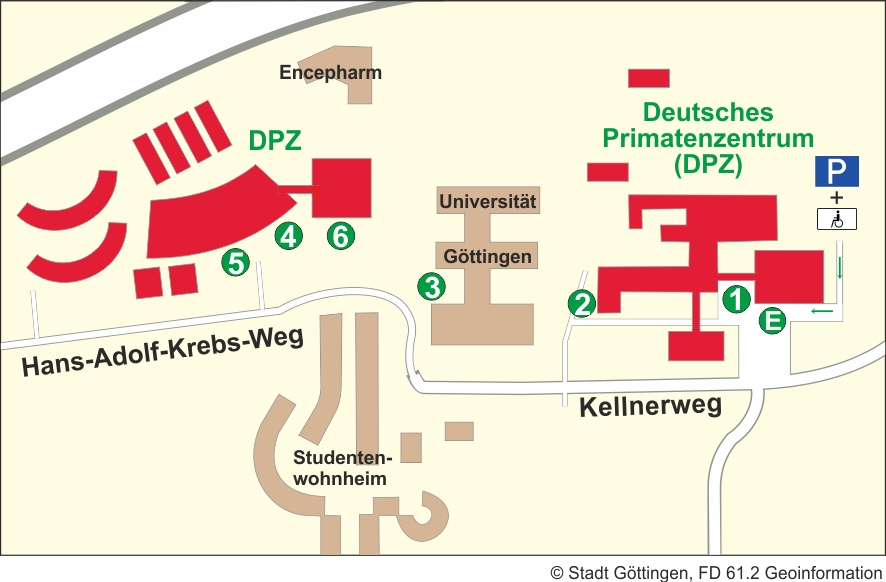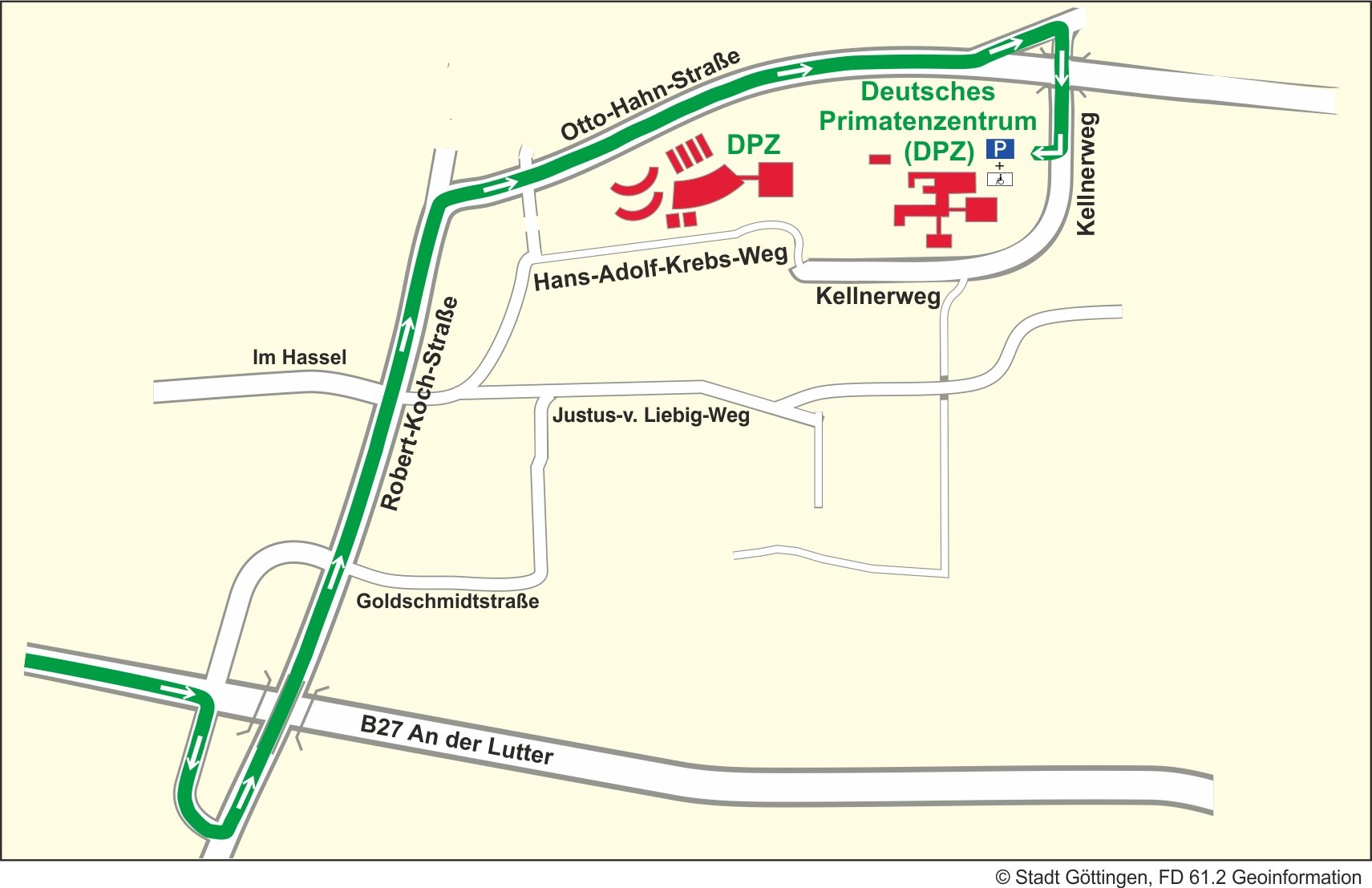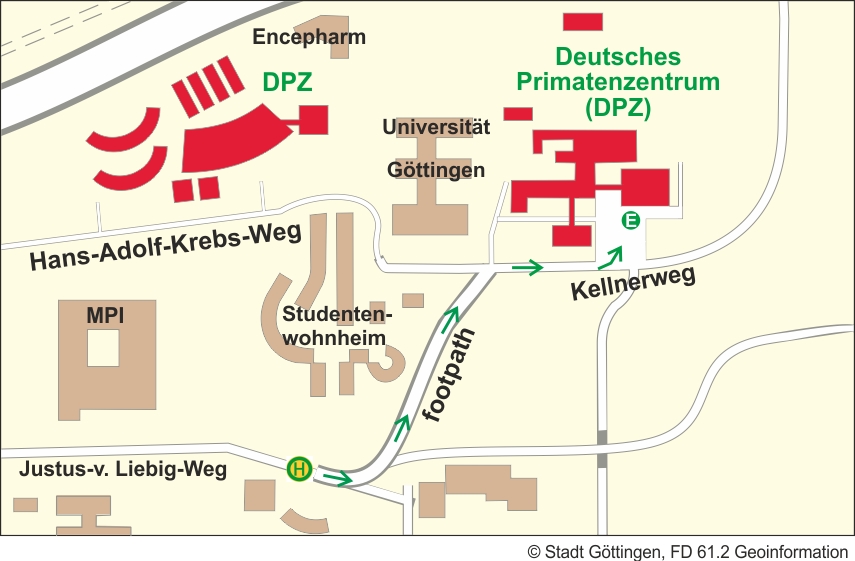Active sensing and flexible neural coding during visually guided navigation
Save as calendar entryNatural behavior is flexible and supported by abstracted away beliefs. To understand dynamic neural processing underlying natural behaviour, we use continuous-time foraging tasks either in virtual reality or in a freely-moving arena. Although task rules do not require any particular eye movement, we find that where subjects look is an important component of the behavior. For example, during a simple task in which macaques use a joystick to steer and catch flashing fireflies in a virtual environment lacking position cues, we find that subjects physically tracked this latent task variable with their gaze – an instance of embodied cognition. Restraining eye movements worsened task performance suggesting that embodiment plays a computational role. The above findings are well explained by a neural model with tuned bidirectional connections between oculomotor circuits and circuits that integrate sensory input. In contrast to other task optimized models, this model correctly predicted that leading principal components of the monkey posterior parietal cortex activity should encode their position relative to the goal. These results explain the computational significance of motor signals in evidence-integrating circuits and suggest that plasticity between those circuits might enable efficient learning of complex tasks via embodied cognition.
Referent
Dora Angelaki (NY University)
Journey Description
Map

E - Main Entrance/Reception
1 - Managing Board; sections: Infection Biology Unit, Unit of Infection Models, Laboratory Animal Science Unit, Primate Genetics Laboratory, Behavioral Ecology and Sociobiology Unit, Cognitive Ethology Laboratory, Neurobiology Laboratory, Research Coordination, Public Relations, Information Technology, Administration, Technical Support, Library.
2 - Material Delivery/Purchase
3 - Platform Degenerative Diseases
4 - Cognitive Neuroscience Laboratory
5 - Animal Husbandry
6 - Imaging Center, Functional Imaging Laboratory
Arrival by car

Leave the interstate A7 at exit "Göttingen Nord". Follow the B27 straight ahead in the direction of "Braunlage". After the third traffic light intersection turn right towards "Kliniken". Afterwards turn left onto "Robert-Koch-Straße" direction "Universität Nordbereich/Polizei". At the end of "Robert-Koch-Straße" turn right onto "Otto-Hahn-Straße", direction "Nikolausberg". The first street on the left turn onto "Kellnerweg", follow the signs "Deutsches Primatenzentrum".
Arrival by bus

The footpath from the bus stop "Kellnerweg" to the Main Entrance/Reception:
From Bus stop "Kellnerweg" (line 21/22 and 23) Cross the road, go in the direction of the bus. At the mailbox, turn left into the footpath and proceed to the end. Turn right into the Kellnerweg. The main entrance of the DPZ is on the left side.
Date and Time 21.03.23 - 16:00 - 17:30 Signup is not required
Location Michael-Lankeit-Hörsaal, DPZ
Leibniz ScienceCampus & SFB 1528
cschloegl@dpz.eu
0551-3851-480
